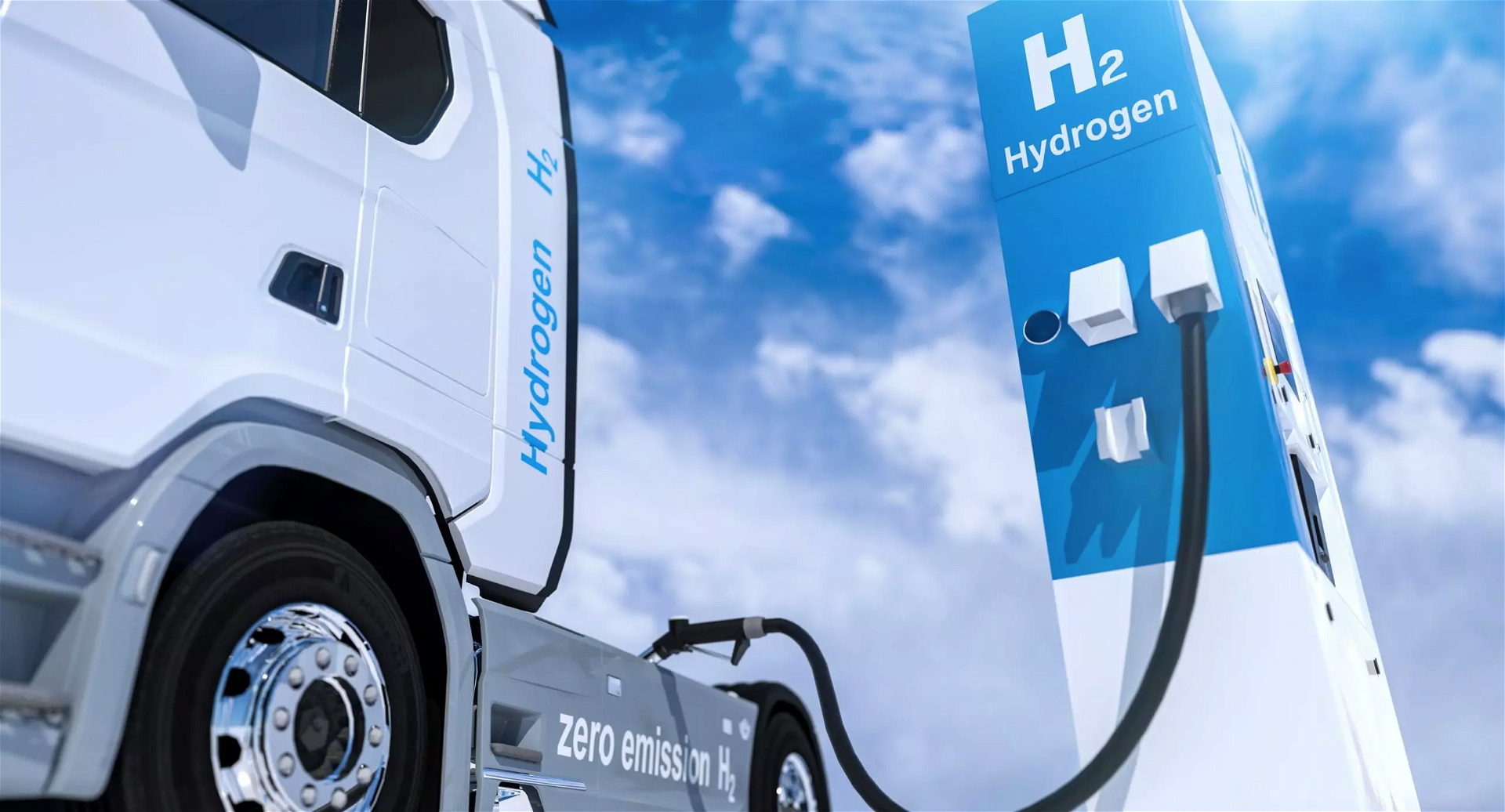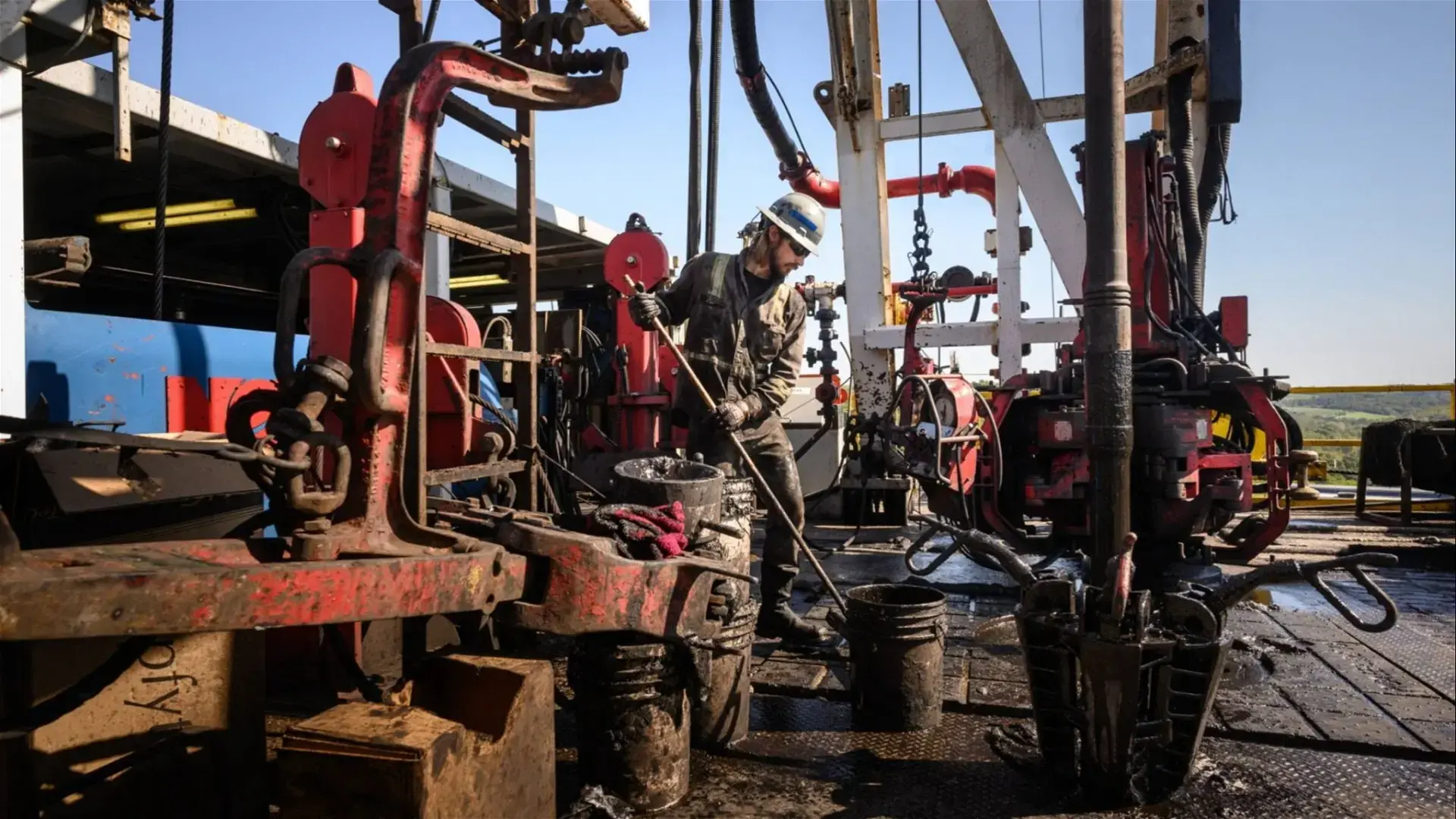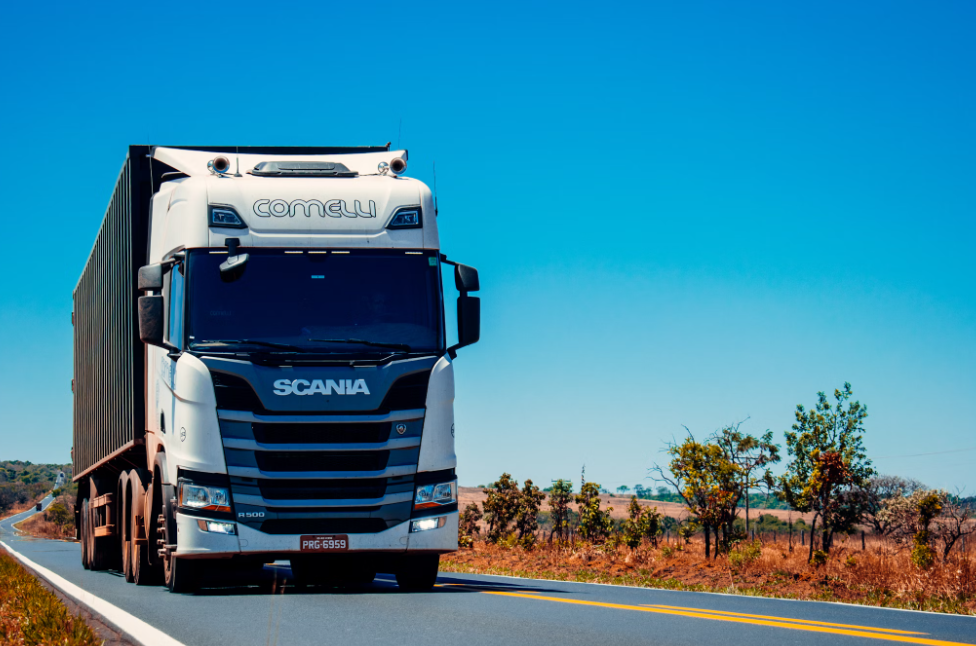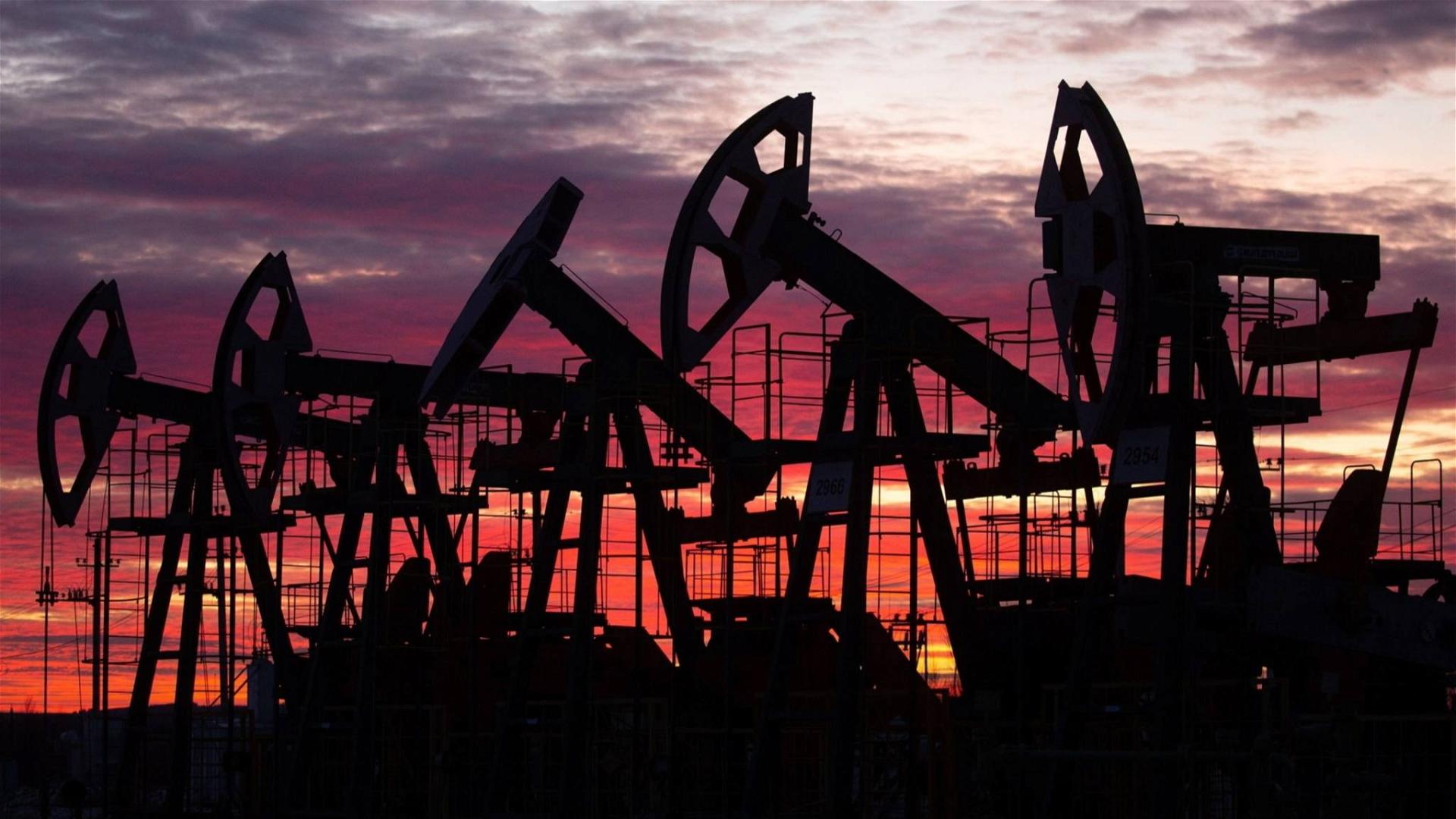· 12 min read
Introduction
When tackling climate related issues, energy is a key topic. Indeed, it accounts for 73.2% of the GHG emissions, which represented over 33 GtCO2eq in 2019. (IEA, 2020) Specifically, 16.2% comes from the transport: 11.9% for road transport, 1.9% for aviation and 1.7% for shipping. (Ritchie and Roser, 2020) Although electric vehicles help road transport to emit less, decarbonisation of this sector is not yet a reality. And while almost 80% of the world’s energy nowadays comes from fossil fuels (Ritchie, 2021), it is an emergency to use cleaner energies or energy carriers.
This article then focuses on transport as this sector may, in the future, be strongly affected by hydrogen (dihydrogen molecule – H2), a trendy energy carrier in the subject of energy transition. (Evans and Gabbatiss, 2020)
I. Status
First, hydrogen is not an energy source but can act as an energy carrier, an intermediary between an energy source and a use of that energy, such as electricity. Thus, energy is needed to produce hydrogen and use it: native dihydrogen is scarce, so human need to produce it. (Evans and Gabbatiss, 2020)
A) Means of production
Several technologies are available to produce hydrogen, such as methane reforming, coal gasification, biomass gasification, oil, and electrolysis.
First, 76% of dedicated hydrogen is produced from natural gas, mostly composed by methane. (IEA, 2019a) However, this reaction needs high temperature and pressure to be achieved. (Parkinson et al., 2019) This method hence releases between10 kgCO2eq/kgH2. (IEA, 2019a) and 13.7 kg CO2eq/kg H2, if fugitive emissions are considered. (Alhamdani et al., 2017)
Then, 23% of dedicated hydrogen is made from coal gasification – and called “grey hydrogen”. (Allen, 2018)This production method is even more polluting than methane reforming, as it releases about 19 kg CO2eq/kg H2 without any Carbon Capture, Storage and Use (CCUS) technology. (IEA, 2019a)
Dedicated hydrogen production requires 275 Mtoe of gas, coal, oil, and electricity, to produce about 69 MtH2. [figure 1] Plus, 99% of the hydrogen used nowadays is made from fossil fuels, so its production is highly pollutive: dedicated hydrogen production releases 830 MtCO2eq/year. (Evans and Gabbatiss, 2020)

B) Uses
Hydrogen can be used pure – with small levels of additives – or in gas mixtures. Despite the perceived huge enthusiasm for hydrogen in transport, pure hydrogen only represents a very small share of the total: less than 0.01 Mt H2 for transport (total demand = 73 Mt). [figure 1]
Indeed, demand is nowadays mainly for refining for oil products and for ammonia production. Moreover, ethanol and steel production also use hydrogen. Plus, those sectors are expected to increase their demand of hydrogen in the short-term future at least, because of the expected demand in those sectors and the need for ‘decarbonation’. (IEA, 2019a)
C) Costs
Regarding the costs of hydrogen, as the current uses of hydrogen and conventional energy differ and as the quantities involved are different too, comparison of the prices struggle to make sense.
When produced from methane reforming, hydrogen nowadays costs about 1.3 USD/kg H2. Hydrogen produced from coal mainly concerns China, which accounts for 80% of its production. Here, the price is about 1.1 USD/kg H2, and globally is about 1.6 USD/kg. (IEA, 2019a)
For both methods, costs can increase if production methods are combined with CCUS, which will be discussed later. As some methods alone are highly pollutive, a carbon tax should also be considered.
II. Improvements being investigated
A) Production of hydrogen
Although hydrogen is a promising energy carrier, main issues lie in its production. Consequently, when investigating in hydrogen improvements, the priority is to tackle its production.
A small part of hydrogen is already produced from water electrolysis, which needs water and electricity – about 50kWh/kg H2. (IEA, 2019a) This way of production is as “clean” as the electricity is: indirect emissions for nuclear and renewables are generally around 1-2 kgCO2/kgH2 but can be up to 40 for coal. (Parkinson et al., 2019)
Therefore, compensating for the intermittency of renewable energies by fuelling the electrolysis of water would produce low-carbon hydrogen and help to solve batteries issues simultaneously. However, the main limit is its price, which is not competitive enough against methane reforming or coal gasification yet. (US Department of energy, nd a)
Nevertheless, if the means of production based on fossil fuels are still used in the future, CCUS technologies will be needed. If low prices and emissions are to be met, one of the best solutions is the gasification of coal, coupled with CCUS. However, although this solution mitigates emissions, it does not reduce dependence on fossil fuels. Moreover, it is not the least emitting solution, as 'green' electrolysis can go down to 0-0.4kgCO2/kgH2. (Parkinson et al., 2019)
In any case, if hydrogen is to be used to help decarbonise some sectors, the means of production must be improved to emit less, and thus not shift the problem of pollution from the use to the energy carrier production. (Florette et al., 2020)
B) Use in transports
Even if the transport sector is becoming electrified to reduce GHG emissions, this solution is not ideal for all means of transport. Indeed, the main disadvantages for electric vehicles are their autonomy and refilling time, which does not really suit heavy-duty transport, shipping, and air travel. Therefore, hydrogen and electricity should complement each other for the transport sector, and hydrogen should help to decarbonise heavy and long-distance transport. (RTE, 2020)
First, fuel cell electric vehicles (FCEVs) convert hydrogen into electricity and water. Most of the electricity is used, and a small part is stored in batteries, as well as electricity generated thanks to braking. (Bae Systems, 2022)
The main advantage is the use of hydrogen as a fuel does not emit GHG or polluting particles. Moreover, hydrogen also allows trucks to have a much smaller battery when compared to BEVs (Battery Electric Vehicles), but also a range comparable to that of a diesel truck and to refill faster, which is vital for road haulage. (Gray et al., 2021)
Then, shipping could also use hydrogen, in many ways, to be decarbonised, as it currently emits about 940 MtCO2eq/year, is mainly powered by oil products and is expected to triple by 2050. (IEA, 2019a)
However, hydrogen as a fuel for shipping requires special conditions: hydrogen must be stored as a compressed gas – under a pressure of 700bar – or as a liquid – around -252°C. (Gray et al., 2021) (IEA, 2019a) Therefore, a promising solution is using hydrogen to produce ammonia – NH3 –, which is much denser, hence takes less storage space than hydrogen. Although ammonia is toxic to living organisms and therefore causes other problems, it could reduce GHG emissions by up to 34.5%/tonne-km. Nonetheless, if the problem of storage is solved, then hydrogen could also be used, which could reduce emissions by up to 47%/tonne-km. (ITF, 2018)
Finally, planes nowadays only rely on ‘gas-turbine engine and jet fuel for propulsion’. (Gray et al., 2021) Using pure hydrogen for the aviation sector would require profound changes in infrastructure and equipment, mainly because of storage issues. Indeed, even if hydrogen has an important energy density – around 33kWh/kgH2 – its volume density is very low.
Nonetheless, hydrogen-based liquid fuels would reduce accommodation costs. Despite this, it would still be up to 6 times more expensive than current fuels. (IEA, 2019a) Moreover, storage issues persist: ‘comparing with kerosene, four times bigger volume of LH2 (liquid hydrogen) is needed to deliver the same amount of energy’. (Baroutaji et al., 2019)
Notwithstanding, using hydrogen-fuelled planes would help drastically reduce CO2 and NOx emissions, reduce fossil dependence, and improve air quality. (Baroutaji et al., 2019)
However, no matter which technology is used, improvements in the carbon footprint struggle to be noticed if hydrogen production mode remains the same as nowadays. Nevertheless, producing hydrogen via electrolysis thanks to low-carbon electricity will allow significant cuts in the emissions. (Gray et al., 2021) However, the question of price, competitiveness and geopolitical issues remains open to debate.
III. Scope for implementation
A) Present and future market leaders
China alone consumes over 24 MtH2/year, mostly produced from fossil fuels and is a pioneer in the development of FCEVs. (Wood, 2022) (IEA, 2019a) The challenge now is for them to get out of coal, which will not be easy because it means price increases of up to 3 times more. (IEA, 2019a) Plus, USA account for 13% of the demand, with an ambitious development plan for FCEVs. (Wood, 2022)
Besides, as part of the European Green Deal, the EU plans to develop projects of ultra-low-carbon mobility in European big cities, such as FCEVs for buses. As the future of mobility will rely more on shared transportation, investing in hydrogen buses could help cut the 25% of EU emissions that transport represents. (Wood, 2022) To that aim, almost 20% of European Clean Hydrogen Alliance’s projects on hydrogen will have applications in mobility. (European commission, 2022)
B) Some limits
As mentioned before, the main challenge will be the prices, the decarbonisation, and the production. Although China, India and USA have favourable conditions for low carbon/renewable hydrogen, the same cannot be said for EU and Japan. [figure 2] They then may not be able to self-supply, which will create dependence between countries, but, more importantly, represent huge costs and energy consumption for storage and transport.
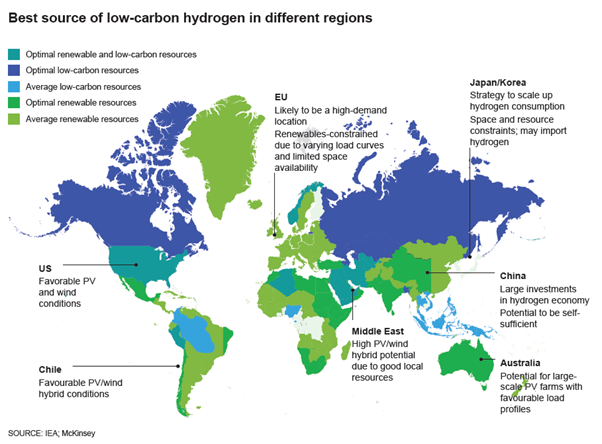
Furthermore, it must be kept in mind that the public acceptance of this energy carrier, as well as significant subsidies and funding, are necessary for its large-scale development, and may prove to be obstacles, especially on the financial side. (RTE, 2020)
IV.Savings and effects
A) GHG emissions
As mentioned above, the savings in terms of emissions depend strongly on the modes of production. The use of hydrogen as an energy carrier may have no impact on the variation of GHG emissions, but it can also make them worse. On the other hand, produced responsibly (i.e., electrolysis from renewable electricity), it can remove up to almost all the emissions from some modes of transport - notably trucks. (Çabukoglu et al., 2019)
B) Costs and carbon tax
Prices are generally higher for hydrogen technologies than conventional ones but are expected to fall in the future. As for now, the cleanest and cheapest technologies are still methane and coal with CCUS. However, an ambitious carbon tax, as well as an expected drop in the cost of renewables in the future, may make 'green' hydrogen competitive. (IEA, 2019a) (The Hydrogen Council, 2020) There are also hopes that communities and states will support 'green' technologies so that they can be deployed more quickly.
Conclusion
To put it in a nutshell, hydrogen is an encouraging solution to decarbonise transport sector, specifically for long-haul, such as freight, aeronautics, and road haulage. Although this energy carrier is nowadays predominantly dedicated to industrial uses, it can also be used as a fuel or in FCEVs. This could help drastically decrease transport emissions, as its use emits far less GHG than conventional fuels.
Nevertheless, it has many levers for improvement, such as its production, which is nowadays 99% from fossil fuels and highly pollutant. Electrolysis with electricity made from renewable energy could be a sustainable solution. Attention should also be paid to its price, and to the extent of infrastructure adaptations. Plus, because of its low-density volume, storage is made complicated and expensive. All this leads to high prices for ‘green hydrogen’, but in which the countries of the North – USA and Europe – are investing.
Finally, hydrogen could cut transport emissions, but commitments from governments, such as an ambitious carbon tax and financial support, are expected to make these technologies viable.
Future Thought Leaders is a democratic space presenting the thoughts and opinions of rising Energy & Sustainability writers, their opinions do not necessarily represent those of illuminem.
References
ALHAMDANI Y., HASSIM M., NG R., HURME M., 2017. The estimation of fugitive gas emissions from hydrogen production by natural gas steam reforming. International Journal of Hydrogen Energy. [online] 42(14), pp. 9342 – 9351 [viewed 23 February 2022]. Available from: https://doi.org/10.1016/j.ijhydene.2016.07.274
ALLEN J., 2018. Explainer: how do we make hydrogen from coal, and is it really a clean fuel? [online] The Conversation [viewed 23 February 2022] Available from:https://theconversation.com/explainer-how-do-we-make-hydrogen-from-coal-and-is-it-really-a-clean-fuel-94911
BAE SYSTEMS, 2022. What is a Hydrogen Fuel Cell Truck? [online] Bae Systems [viewed 8 March 2022] Available from: https://www.baesystems.com/en-us/definition/what-is-a-hydrogen-fuel-cell-truck
BAROUTAJI A., WILBERFORCE T., RAMADAN M., OLABI A., 2019. Comprehensive investigation on hydrogen and fuel cell technology in the aviation and aerospace sectors. Renewable and Sustainable Energy Reviews [online] 106, pp.31-40 [viewed 10 March 2022] Available from:https://doi.org/10.1016/j.rser.2019.02.022
BBC, 2022.The fuel that could transform shipping[online] BBC, Future Inc | Renewable energy [viewed 9 March 2022] Available from:https://www.bbc.com/future/article/20201127-how-hydrogen-fuel-could-decarbonise-shipping
ÇABUKOGLU E., GEORGES G., KÜNG L., PARESCHI G., BOULOUCHOS K., 2019. Fuel cell electric vehicles: An option to decarbonize heavy-duty transport? Results from a Swiss case-study. Transportation Research Part D: Transport and Environment [online] 70, pp. 35-48 [viewed 17 March 2022] Available from:https://doi.org/10.1016/j.trd.2019.03.004
EUROPEAN COMMISSION, 2022.Project pipeline of the European Clean Hydrogen Alliance; [online] European Commission [viewed 12 March 2022]. Available from: https://ec.europa.eu/growth/industry/strategy/industrial-alliances/european-clean-hydrogen-alliance/project-pipeline_en
EVANS S., GABBATISS J., 2020. In-depth Q&A: Does the world need hydrogen to solve climate change? [online] Carbon Brief [viewed 20 February 2022]. Available from: https://www.carbonbrief.org/in-depth-qa-does-the-world-need-hydrogen-to-solve-climate-change
FLORETTE M., TARDIEU B., VIGNON D., QUATREHOMME F., GRUNBLATT G., MORETTI I., CHEVALIER JP., LEDERMANN P., ESTEVE B., APPERT O., BAUQUIS PR., GEHRISCH W., 2020. Rôle de l’hydrogène dans une économie décarbonée. (The role of hydrogen in a decarbonised economy) [online] Académie des technologies [viewed 20 February 2022]. Available from: https://www.academie-technologies.fr/publications/role-de-lhydrogene-dans-une-economie-decarbonee/ (French)
GRAY N., MCDONAGH S., O'SHEA R., SMYTH B., D MURPHY J., 2021. Decarbonising ships, planes and trucks: An analysis of suitable low-carbon fuels for the maritime, aviation and haulage sectors, Advances in Applied Energy [online] 1 [viewed 2 March 2022] Available from: https://doi.org/10.1016/j.adapen.2021.100008
IEA, 2019 a. The future of Hydrogen. [online] International Energy Agency [viewed 22 February 2022]. Available from: https://www.iea.org/reports/the-future-of-hydrogen
IEA, 2019 b. Global Energy and CO2 status report. [online] International Energy Agency [viewed 22 February 2022]. Available from: https://www.iea.org/reports/global-energy-co2-status-report-2019/emissions
IEA, 2020. Global CO2 emissions in 2019. [online] International Energy Agency [viewed 22 February 2022]. Available from: https://www.iea.org/articles/global-co2-emissions-in-2019
IRENA, 2019. Hydrogen: a renewable energy perspective. [online] International Renewable Energy Agency [viewed 13 March 2022] Available from: https://www.irena.org/publications/2019/Sep/Hydrogen-A-renewable-energy-perspective
ITF, 2018. Pathways to zero-carbon shipping by 2035 [online] International Transport Forum [viewed 9 March 2022] Available from: https://www.itf-oecd.org/sites/default/files/docs/decarbonising-maritime-transport-2035.pdf
PARKINSON B., BALCOMBE P., SPEIRS J.F., HAWKES A.D., HELLGARDT K., 2019. Levelized cost of CO2 mitigation from hydrogen production routes. Energy & Environmental Science [online] 12, pp 19 – 40 [viewed 27 February 2022]. Available from : https://doi.org/10.1039/C8EE02079E
RTE, 2020. La transition vers un hydrogène bas carbone : atouts et enjeux pour le système électrique à l’horizon 2030-2035. (The transition to low-carbon hydrogen: assets and challenges for the electricity system for 2030-2035) [online] Le réseau de transport d’électricité [viewed 8 March 2022]. Available from: https://assets.rte-france.com/prod/public/2020-07/rapport%20hydrogene.pdf (French)
RITCHIE H, ROSER M., 2020. Emissions by sector. [online] Our world in data. [viewed 17 February 2022]. Available from: https://ourworldindata.org/emissions-by-sector
SINGH S., JAIN S., PS V., TIWARI A., NOUNI M., PANDEY J., GOEL S., 2015. Hydrogen: A sustainable fuel for future of the transport sector. Renewable and Sustainable Energy Reviews [online] 51, pp. 623-633 [viewed 10 March 2022] Available from: https://doi.org/10.1016/j.rser.2015.06.040
THE HYDROGEN COUNCIL, 2020. Path to hydrogen competitiveness: a cost perspective. [online] Hydrogen Council [viewed 22 February 2022] Available from: https://hydrogencouncil.com/wp-content/uploads/2020/01/Path-to-Hydrogen-Competitiveness_Full-Study-1.pdf
US DEPARMENT OF ENERGY, nd a. Hydrogen Production: Electrolysis. [online] US Department of energy. [viewed 27 February 2022]. Available from: https://www.energy.gov/eere/fuelcells/hydrogen-production-electrolysis
WOOD J., 2022. Which countries could become the world’s hydrogen superpowers? [online] World Economic Forum [Viewed 17 February 2022]. Available from: https://www.weforum.org/agenda/2022/02/clean-hydrogen-energy-low-carbon-superpowers?utm_source=linkedin&utm_medium=social_scheduler&utm_term=Hydrogen&utm_content=16/02/2022+11:00
